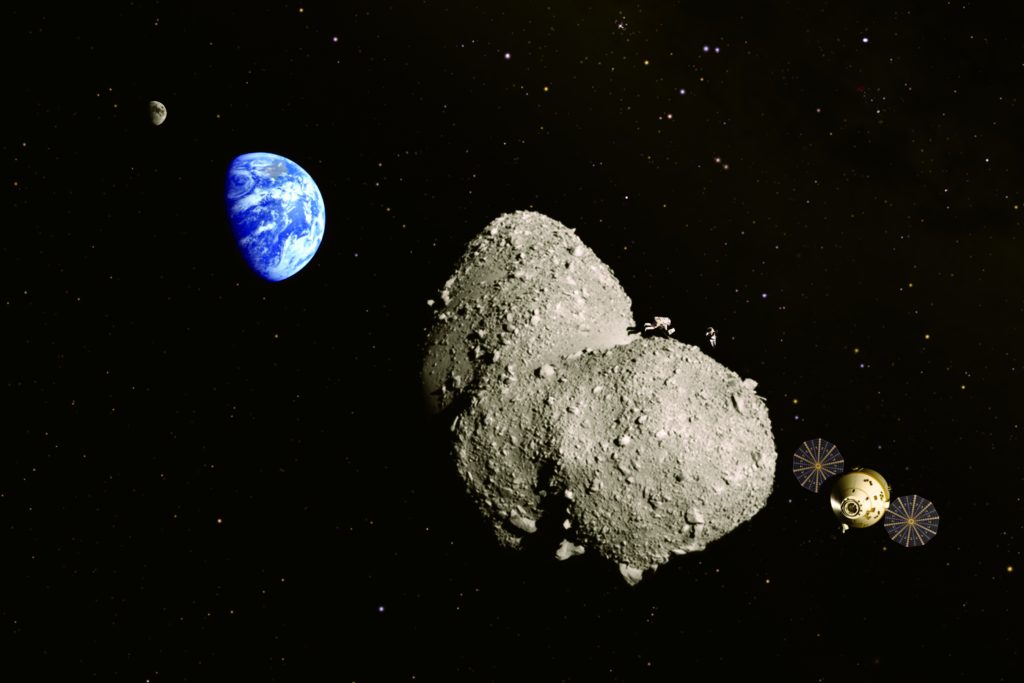
Research finds ingredients on meteorites that confirms the possibility of alien life in space
In an in-depth study of meteorites that befell on Earth in 1998 to determine the presence of water and mix of organic compounds such as hydrocarbons and amino acids. Scientists were looking for these organic compounds which make an essential part of life on Earth. These two meteorites dropped on two different places after revolving around the asteroid belt of the solar system for billions of years.
These asteroids have some similarities with Earth, and in the depth examination of the chemical structure of the crystals from the meteorites, scientists found some signs for the interactions along with the point of their origin. By the chemical analysis, scientists consider that the origin story of the meteorites boils down to different places, one is Ceres a brown dwarf planet and the most significant object found in the asteroid belt. Another point of origin might be Hebe an asteroid which is the most notable source for the meteorites that can crash on Earth.
The recent study carried by the journal Science Advance carried an in-depth chemical structure analysis of the organic matter present in the asteroids. This reveals the historical phase of the enormous space while giving the details about the existence of life beyond Earth. The organic chemistry of these rocks is relatable to the preservation aspect of old insects as crystallized drops of fluid. The study further suggests a probability of life or bio-molecules inside their crystals. Investigators discovered evidence of water that determined to a time that was the earlier phase of the solar system.
These two asteroids showing sign of same organic structures lead to the conclusion that the might be while crashing or revolving around the solar system they might have crossed each other which resulted in the interchange of their materials. The team of investigators utilised various techniques to examine the small solidifies crystals inside the asteroids. An X-ray technique along with XANES ray technique helped in calculating the number of elements with accurate precision.
The investigators are still examining some more samples to know the answer to the life in space. Yoko Kebuwaka, an associate professor at Yokohama University in Japan, said that the team of scientists has many variations enduring to study the complexity of these organic molecules present inside the crystals which might give satisfying insights for the possibility of life in future.


